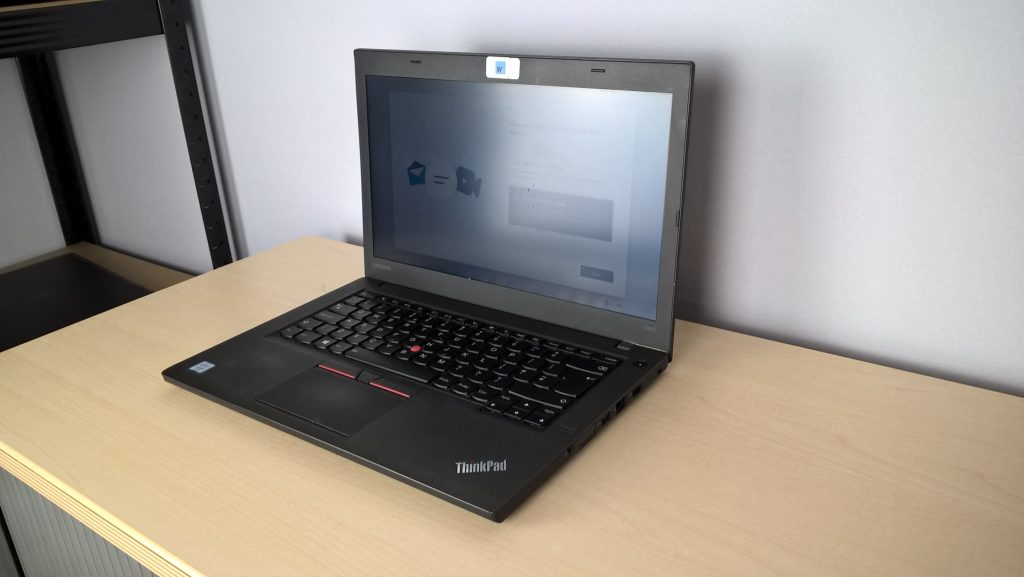Title: Evaluating Hard Drive Speeds: What You Need to Know for Your Dell Precision M6500
When it comes to optimizing your Dell Precision M6500, understanding your hard drive speeds is crucial. Recently, I acquired this powerful laptop and am contemplating whether to replace the battery or upgrade the hard drive first. Let’s dive into the factors that might influence this decision and how to interpret the metrics related to hard drive performance.
Many users find themselves puzzled by the diverse range of numbers associated with hard drive specifications. While the first two figures may seem straightforward, the additional metrics can often leave one scratching their head. Understanding these values can help clarify whether your current hard drive meets your performance needs.
In terms of priority, if you’re observing below-average speeds, it may be wise to replace the hard drive before addressing the battery issue. A well-functioning hard drive significantly impacts overall system performance, from boot times to file access speeds.
If you’re unsure about the implications of the numbers you’re seeing, don’t hesitate to reach out for clarification. Understanding these specifications will empower you to make informed choices regarding upgrades and ensure that your Dell Precision M6500 operates at its best.
In the end, whether you opt to upgrade the hard drive or change the battery first, ensuring your system is running optimally will set you up for success. Keep exploring your options and make the most out of your device!
Share this content:




Thank you for sharing your detailed insights on hard drive speeds and their impact on your Dell Precision M6500’s performance. To determine if your current hard drive speeds are adequate, you might want to run a benchmark test using tools like CrystalDiskMark or HD Tune. These tools will provide clear metrics such as read/write speeds, which you can compare against the manufacturer’s specifications or typical performance ranges for your drive type (HDD vs SSD).
If your drive’s speeds are significantly below expected values, upgrading to an SSD could provide a noticeable improvement in boot times, file access, and overall responsiveness. In contrast, if speeds are within normal ranges, it might make sense to prioritize other components like the battery fix, especially if you’re experiencing power issues.
Always ensure your drives are properly connected and free of errors. If you’re uncertain about interpreting your drive’s specifications or need assistance with upgrades, feel free to contact our support team for detailed guidance tailored to your specific setup.